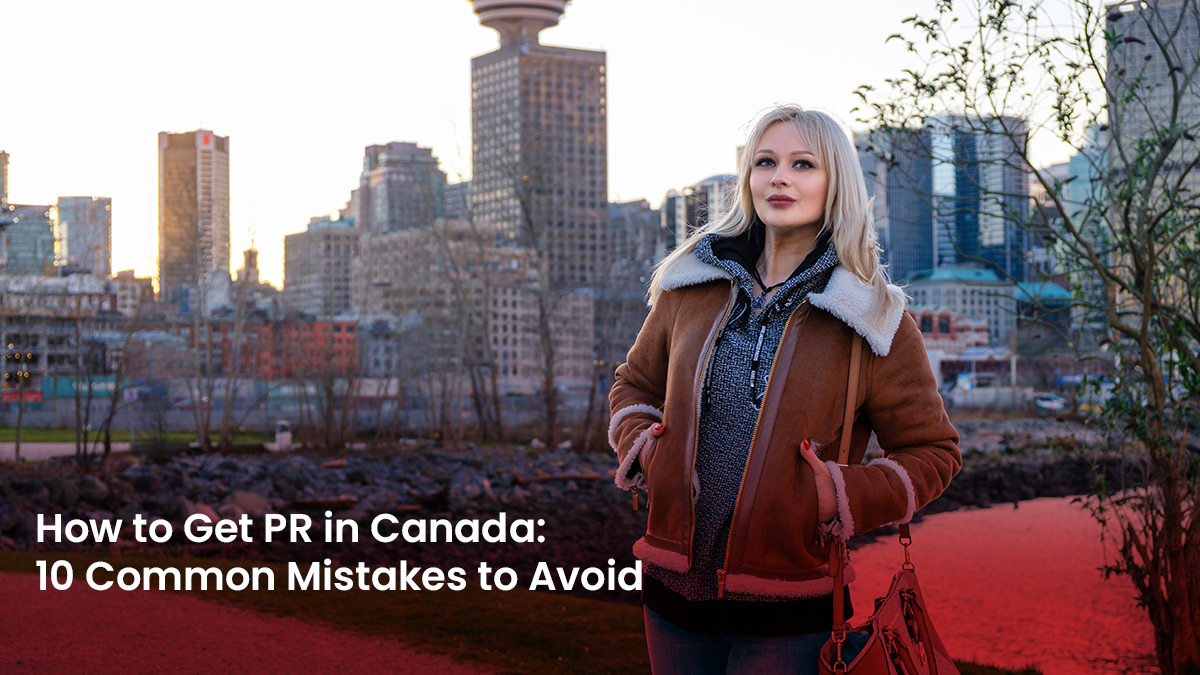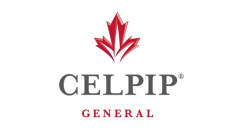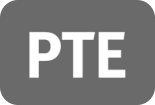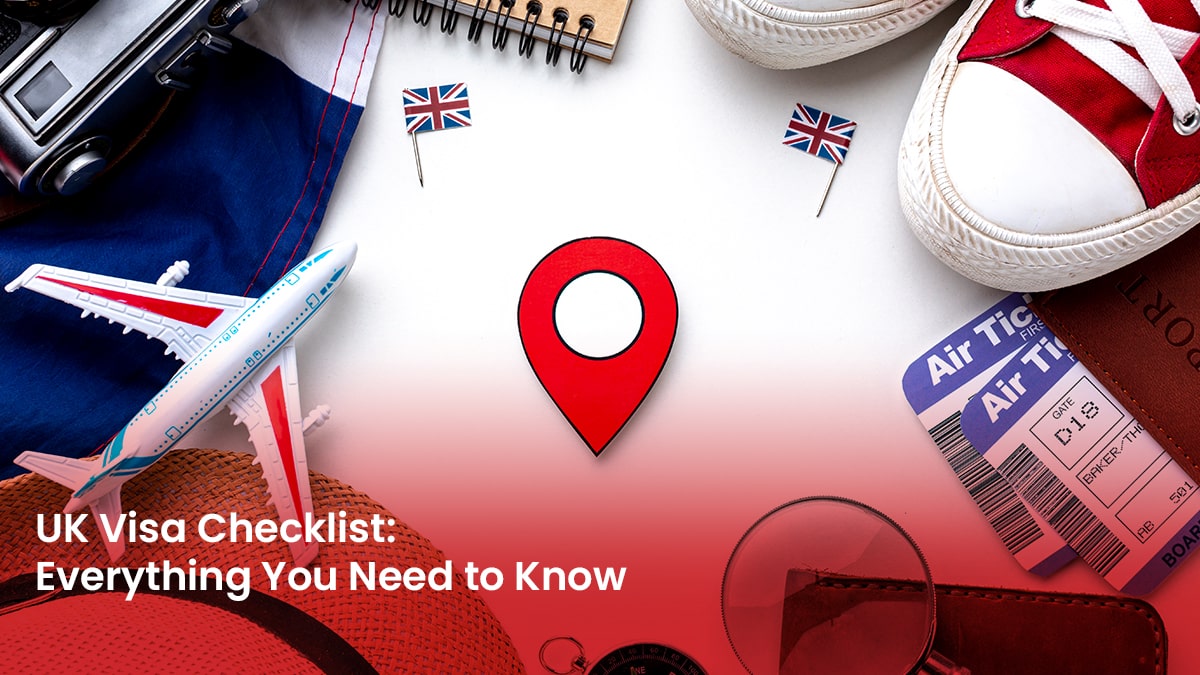Canada remains one of the top destinations for immigrants worldwide, offering numerous pathways to permanent residency (PR). Whether through the Express Entry system, Provincial Nominee Programs (PNP), or family sponsorship, the journey to becoming a permanent resident is highly competitive and often complex.
Navigating the process successfully requires careful planning and attention to detail. In this blog by MSM Unify, we will discuss how to get PR in Canada by highlighting common mistakes to avoid, ensuring your application is as strong as possible.
Understanding the pathways to PR in Canada
Before diving into the common mistakes, it’s essential to understand the primary pathways to obtaining PR in Canada:
- Express entry system: A points-based system that ranks candidates based on criteria such as age, education, work experience, and language proficiency.
- Provincial Nominee Programs (PNPs): Provinces and territories nominate candidates based on their specific labor market needs.
- Family sponsorship: Allows Canadian citizens and permanent residents to sponsor family members to come to Canada as permanent residents.
- Atlantic Immigration Program (AIP): Targeted at skilled workers and international graduates who wish to live and work in one of Canada’s Atlantic provinces.
- Quebec Skilled Worker Program (QSWP): A separate immigration program managed by the province of Quebec.
Each pathway has specific eligibility criteria, documentation requirements, and processes, making it crucial to choose the one that best fits your profile.
Common mistakes to avoid when applying for PR in Canada
Wondering how to get PR in Canada? Read on to learn about these common mistakes that most people make amid this process. This section also entails tips to avoid these mistakes.
1. Inaccurate or incomplete documentation
One of the most common reasons for PR application rejection is submitting inaccurate or incomplete documentation. This can include discrepancies in personal information, outdated forms, or missing supporting documents.
How to avoid: Ensure all information on your application is accurate and consistent across all documents. Double-check that you have included all required documents, such as language test results, educational credentials, and proof of work experience.
2. Miscalculating points in the Express Entry System
The Express Entry system is highly competitive, and even a slight miscalculation in your Comprehensive Ranking System (CRS) score can impact your chances of receiving an Invitation to Apply (ITA).
How to avoid: Use the official CRS calculator provided by the Government of Canada to calculate your score. Be honest and accurate when inputting your details to ensure you have a realistic understanding of your score.
3. Failing to update your profile
Life changes, such as getting married, having a child, or changing jobs, can affect your eligibility and CRS score. Many applicants fail to update their Express Entry profile or Provincial Nominee Program application with these changes.
How to avoid: Regularly update your profile with any significant changes in your personal or professional life. Failing to do so could lead to misrepresentation and application rejection.
4. Ignoring provincial nominee programs (PNPs)
Many applicants focus solely on the Express Entry system and overlook the opportunities provided by PNPs. These programs can be a faster route to PR, especially if you have skills in demand in a particular province.
How to avoid: Research the different PNPs available and consider applying to provinces where your skills and experience are in demand. This can increase your chances of receiving a nomination and securing PR.
5. Overlooking language test requirements
Language proficiency is a critical factor in the Express Entry and PNP systems. Many applicants either skip the language test or fail to achieve the required scores.
How to avoid: Prepare thoroughly for the language tests (IELTS, CELPIP, TEF, etc.). Aim to achieve scores that meet or exceed the minimum requirements for your chosen immigration pathway.
6. Not meeting work experience requirements
Work experience is another critical component of your PR application. However, not all types of work experience qualify, and applicants often make mistakes in this area.
How to avoid: Ensure that your work experience aligns with the National Occupational Classification (NOC) codes specified by the Canadian government. This includes providing detailed job descriptions and proof of employment.
7. Applying too late
Timing is crucial when applying for PR in Canada. Many applicants wait too long to apply, missing out on opportunities or becoming ineligible due to age or other factors.
How to avoid: Start the application process as soon as you are eligible. Regularly check for updates on application deadlines and program changes.
8. Misrepresentation
Providing false information or withholding crucial details on your application is considered misrepresentation and can result in a five-year ban from entering Canada.
How to avoid: Be truthful and transparent in your application. If you are unsure about any aspect, seek advice from MSM Unify overseas education consultants or another reputable source.
9. Not using professional help when needed
Applying for PR in Canada can be overwhelming, and mistakes are easy to make if you are unfamiliar with the process. Many applicants fail to seek professional help, leading to errors that could have been avoided.
How to avoid: Consider consulting with MSM Unify overseas education consultants or immigration professionals who can guide you through the process, help you avoid common pitfalls, and increase your chances of success.
10. Lack of preparation for medical and security checks
All PR applicants must undergo medical and security checks. Failure to prepare for these can delay your application or lead to rejection.
How to avoid: Ensure that you are in good health and have no criminal record before applying. Keep all medical records and police certificates up-to-date and ready for submission when required.
Top Benefits of an Australian Permanent Residency (PR) for Indian Students
Common mistakes and tips to avoid them at a glance
Here is a table that can help summarize the key points and help you avoid the common mistakes:
| Common mistakes | How to avoid them |
| Inaccurate or Incomplete Documentation | Double-check all documents and ensure consistency in personal information. |
| Miscalculating Points | Use the official CRS calculator and input accurate details. |
| Failing to Update Your Profile | Regularly update your profile with life changes such as marriage, birth, or job changes. |
| Ignoring Provincial Nominee Programs | Research and apply to PNPs that match your skills and experience. |
| Overlooking Language Test Requirements | Prepare thoroughly for language tests and aim to exceed the minimum score requirements. |
| Not Meeting Work Experience Requirements | Ensure your work experience matches the required NOC codes and provide detailed job descriptions. |
| Applying Too Late | Start the application process early and monitor deadlines. |
| Misrepresentation | Be truthful in your application and consult professionals if in doubt. |
| Not Using Professional Help | Seek advice from MSM Unify overseas education consultants or other immigration experts when needed. |
| Lack of Preparation for Medical and Security Checks | Keep medical and police records up-to-date and ensure you meet the health and security requirements. |
The role of MSM Unify overseas education consultants
Navigating the PR application process can be daunting, especially if you are doing it on your own. MSM Unify overseas education consultants can provide you with the expertise and guidance needed to avoid these common mistakes and streamline your journey to becoming a permanent resident in Canada.
MSM Unify overseas education consultants offer personalized services tailored to your specific situation. Whether you need help with documentation, understanding the various pathways to PR, or preparing for language tests, their team of experts is there to support you every step of the way.
By partnering with MSM Unify, you can increase your chances of success and avoid the pitfalls that commonly lead to application delays or rejections.
FAQs
1. What is the fastest way to get PR (permanent residency) in Canada?
The Express Entry system is generally the fastest way to obtain PR in Canada, with processing times as short as six months for some candidates.
2. How do I improve my CRS score?
Improving your CRS score can be achieved by gaining additional work experience, improving your language test scores, obtaining a job offer in Canada, or earning an educational credential in Canada.
3. Can I apply for PR without a job offer?
Yes, you can apply for PR in Canada without a job offer. Many candidates in the Express Entry pool do not have a job offer but still qualify based on their skills, education, and other factors.
4. What are the language requirements for PR in Canada?
Language requirements vary depending on the pathway. For the Express Entry system, the minimum language proficiency level is CLB 7 for the Federal Skilled Worker Program, but higher scores can increase your CRS score.
5. How long does it take to get PR in Canada through the PNP?
Processing times for PNPs vary depending on the province and the complexity of the application. It can take anywhere between 12 to 18 months.
6. What happens if my PR application is rejected?
If your PR application is rejected, you can either reapply, appeal the decision, or consult with an immigration expert to understand the reasons for rejection and improve your chances in a subsequent application.
7. Can I include my family members in my PR application?
Yes, you can include your spouse or common-law partner and dependent children in your PR application.
8. Is there an age limit for applying for PR in Canada?
There is no official age limit for applying for PR in Canada, but applicants aged 18 to 35 receive the maximum points for age in the Express Entry system.
9. What are the medical exam requirements for PR in Canada?
All applicants must undergo a medical examination by an approved panel physician. The exam includes a physical check-up, blood tests, and chest X-rays.
10. Can I apply for PR in Canada from within the country?
Yes, you can apply for PR in Canada from within the country if you have valid temporary status or are eligible under a specific immigration program.
By following the advice outlined in this blog and avoiding common mistakes, you can significantly improve your chances of successfully obtaining PR in Canada. For expert guidance throughout the process, consider consulting with MSM Unify overseas education consultants, who are dedicated to helping you achieve your immigration goals.












